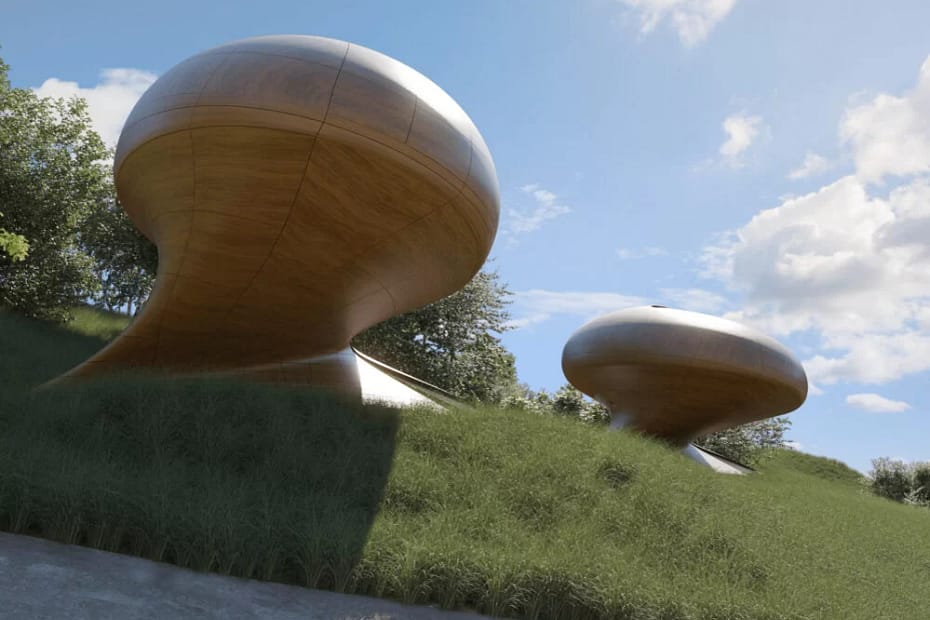Contemporary building techniques and their impact on architectural design,
The art of designing and building structures has undergone many changes since time immemorial, in order to be relevant in different eras.
These changes can be attributed to many things, but perhaps the most significant impact on the industry has been the advent of modern technology.
This has enabled architectural professionals to explore ideas and concepts that were previously thought impossible.
Modern technological developments have paved the way for contemporary architectural techniques that have revolutionized the industry.
These modern methods of enlivening structures are of particular importance to companies in the field of building and construction.
This is confirmed by experts in 3D signage design and product display because companies that fail to adopt these technologies tend to fall behind and can risk being eliminated by their open competition.
Nowadays, structures can be based on aesthetics and functionality;
This is in contrast to previous years when buildings were considered only in terms of structural practicality.
In addition, the ingenuity that goes into contemporary styles of architecture has made modern structures safer;
This is achieved through extensive research conducted before using the strategies.
To learn how to implement these techniques, we’ll take an in-depth look at some of the most common methods.
Bubble architecture
Also known as blobitecture, this modern technique was first used in architecture in the late 19th century by a famous architect known as Jan Kaplicki.
It entails a style of designing buildings that generally takes on an amoeba-like shape.
The buildings designed with this technique are distinguished by their curves and circular edges.
Blobitecture became popular in the twentieth century,
and in 2002 it was featured in an article in the New York Times, increasing its popularity.
The Blob’s architecture has been well received by architecture critics and enthusiasts alike,
mainly due to its unique finishes and futuristic appearance.
Since its inception, bubble architecture has been incorporated by many architects around the world.

3D printing products
Technology has become so ingrained in our lives that it’s hard to remember the times we didn’t have it.
One of its most innovative results in technology is 3D product display.
It can be defined as a method of representing structures graphically as models using computer programs.
The list of software that architects and designers can tap to take advantage of 3D rendering is almost endless.
Moreover, some programs also have tools for interior design, which is great for professionals who want an all-in-one solution.
Some might want to say that the good old charts are just as good; However,
3D renderings have several advantages that make them superior.
One advantage is that these computerized renderings provide a virtual appearance at an ideal scale of the structure to be built.
Below we’ll show you some other benefits of using 3D product rendering.

Help create sustainable buildings
Computer-aided design (CAD) software allows architects to measure environmental elements around a proposed structure.
This enables them to design buildings that take advantage of conditions such as sunlight, wind and rain in order to reduce energy consumption.
Correct errors before building
The use of 3D renderings allows architects to spot potential defects in a building.
This helps in making major adjustments before anything is finalized.
These structural reviews also help optimize budgets as any upgrading or downsizing costs can be estimated in advance.
Ease of handling large-scale projects
When designing construction projects such as properties containing many identical buildings, 3D rendering proves invaluable.
The software can facilitate quick and easy design of multiple structures using powerful cloning features.

Deconstruction
Studies have shown that the most common aspect of contemporary architecture is the aesthetic aspect.
For this reason, many designers go to great lengths to ensure they meet this standard.
One of the methods they used to facilitate this is deconstruction.
It can also be described as an architectural technique that manipulates the surfaces of objects to create structures that appear to challenge basic ideas of visual design.
Buildings designed in this way are characterized by their irregular shapes that depict unpredictability.
Analytical cubism and minimalism had a major influence on this technique;
It enables the structure to have an exotic look while maintaining a clean finish.

Conclusion
In conclusion, contemporary styles in architecture have several different elements that can be used in combination to produce stunning works of architectural designs.
Materials have also proven to play a major role in design;
For example, wood can be used to create a warm and cozy feeling.
These modern tactics can also be combined with traditional methods of design to create unique structures.
The above techniques are just a few of the most widely used modern architectural styles that give rise to great buildings around the world.
More on INJ Architects:

